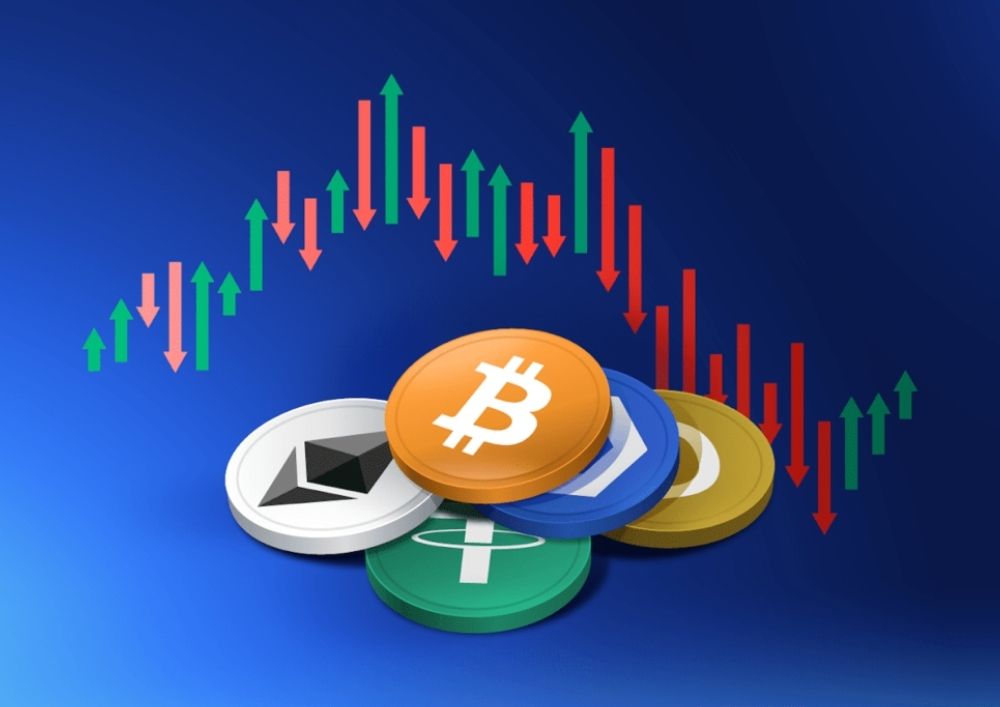USA – The global cryptocurrency landscape has taken a sharp downturn, with digital assets experiencing a significant crash as investors react to shifting economic signals, regulatory pressures, and escalating market liquidations.
Cryptocurrency markets, which had been enjoying a sustained rally earlier, are now reeling under the weight of a series of negative developments that have shaken investor confidence. The downturn follows growing uncertainty over U.S. interest rate policies, as hopes for imminent rate cuts by the Federal Reserve have faded. Instead, markets are increasingly anticipating that the current monetary tightening may remain in place longer than expected, dampening appetite for high-risk assets such as crypto.
Adding fuel to the decline is the heavy use of leverage across digital trading platforms. As prices began slipping, thousands of leveraged positions were liquidated automatically, triggering a domino effect that pushed prices down even further. Analysts point out that this highlights a persistent weakness in the crypto ecosystem — a market capable of sharp and sudden collapses when sentiment turns.
The fallout has been significant. Over recent days, the global crypto market has shed nearly 25 percent of its total value, wiping out more than $1 trillion in capitalisation. Bitcoin alone has fallen more than 30 percent from its October highs, while many altcoins have plunged even deeper, with losses ranging from 35–40 percent or more. Market observers note that the correction signals that the recent rally may have been overheated and built on fragile market assumptions.
Broader financial trends are also contributing to the shock. As Wall Street and tech stocks face growing volatility, digital assets — which traditionally rise and fall in tandem with other risk-on sectors — are suffering parallel losses. In addition, long-standing concerns over the lack of regulatory clarity and structural safeguards in crypto continue to resurface, with critics pointing out the speed at which markets can unravel without stabilising mechanisms.
For investors, the latest crash serves as a stark reminder of the inherent volatility of the digital asset world. While many traders had been buoyed by narratives of institutional adoption and “digital gold” optimism, the current landscape is forcing a shift toward risk management, capital preservation, and realistic long-term expectations. Market analysts believe that while a recovery is possible if global financial conditions improve, short-term price action is likely to remain turbulent.
In the coming months, the direction of the crypto market may depend heavily on the Federal Reserve’s next policy steps, global liquidity conditions, and whether investor sentiment stabilises or deteriorates further. Until then, traders and institutions alike may need to brace for continued uncertainty in digital markets.
This story has been reported by PakTribune. All rights reserved.



